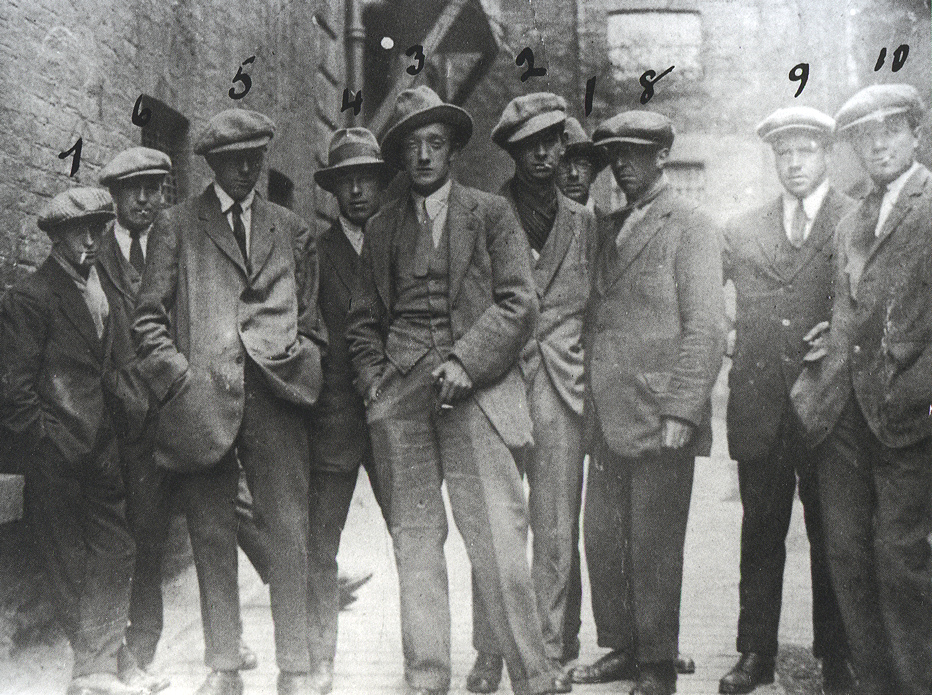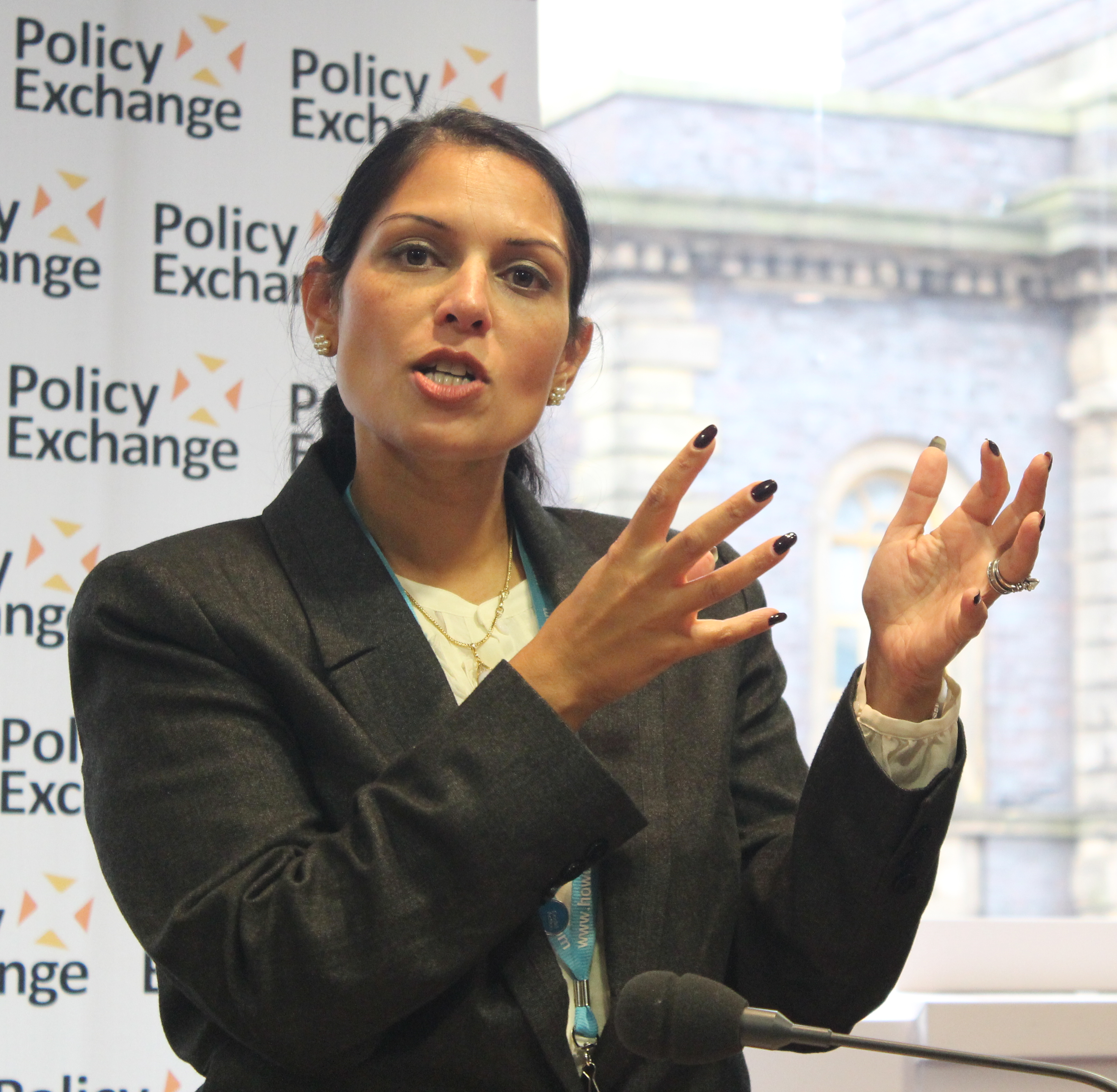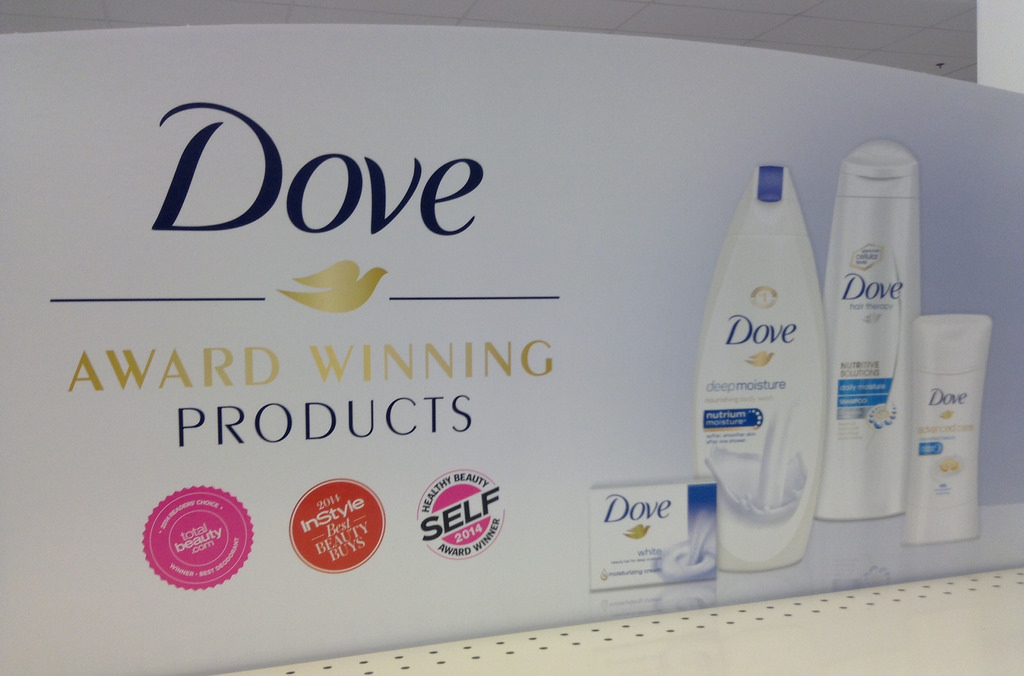Thanks to a post on LinkedIn by Tom Goodwin I got a real taste of how innovation happens. In this case the taste is cream, chocolate and more than a hint of Irish whiskey – in other words that favourite tipple of your grandmother/auntie/father-in-law (in my case): Baileys Irish Cream.
In an excerpt from his book, the wonderfully-titled “That Sh*t Will Never Sell!” published in the Irish Times last year, product development expert David Gluckman describes the birth of Baileys, that “girly” drink we all pretend we’re far too sophisticated to like. (Actually, I love it, but I grew up drinking Babycham, so maybe my palate is ruined forever.)
It’s a long-ish read but worth spending some time on, since it illustrates the key truths of innovation:
- The idea for a new product can happen in an instant
- Getting the product to market requires persistence, particularly when it doesn’t fit into any previous categories
- The idea may be a winner, but it may sleep for a while first.
According to Gluckman, the initial though behind Baileys “took about 30 seconds. In another 45 minutes the idea was formed.” Gluckman wasn’t a novice who got lucky with his first go: he’d got 10 years’ experience of product development to draw on to know it had potential when his partner suggested mixing Irish whiskey and cream in response to a brief from International Distillers and Vintners (IDV) to develop a new alcoholic drinks brand. A quick trip to a nearby supermarket provided a rough-and-ready prototype with cream, whiskey and – the magic touch – drinking chocolate. The “mucky brown” result was taken to an initial group of IDV executives and product developers and met with some enthusiasm: enough to recognise that it had the potential to create a new and different brand.
Gluckman describes a nervous moment when the product was tested with a men’s focus group in Ireland when one of the men described it as “a girl’s drink” (this was 1973, remember) – although every one of them drained their glasses. And the women’s focus group compared it to anti-diarrhoea treatment kaolin and morphine (they had a point – they look and taste quite similar). So, the results of that and a test behind a local bar were not that encouraging and in fact this “market research” never saw the light of day.
The product was launched to IDV without the backing of extensive market research, just the belief of David Gluckman and his business partner Hugh Reade Seymour-Davies that the unusual liqueur could find a market. After the product reached the shelves in 1974 it took three years before it really took off, helped by a US advertising campaign with the slogan “The Impossible Cream”.
Decades later, over 1.25 billion bottles of Baileys have been sold and, presumably, drunk so Gluckman and Seymour-Davies’ hunch and belief paid off – although it didn’t make them rich: they were just paid for the initial product development.
As you pour yourself a glass from that bottle that Grandma didn’t quite finish off over Christmas, take a while to reflect on how creative ideas get treated in your own organisation: do you allow people to run with an idea if they just believe it’s unusual enough to create a market or do you require “proof” in the form of exhaustive market research? Far too often it’s the latter approach that holds sway – and we’re all the poorer for it.
Cheers!



 disclosing the extent of her holiday meetings with senior contacts in the Israeli government, illustrates the perils of going outside accepted policy and organisational norms.
disclosing the extent of her holiday meetings with senior contacts in the Israeli government, illustrates the perils of going outside accepted policy and organisational norms.



 Maintaining a laser-like focus on its core, low-cost customer proposition is what Ryanair does very well and if that focus has blurred a little in recent weeks with a consequent impact on share price, it’s unlikely to dent their performance in the long term. I see no need to change my view that Ryanair remains thoroughly customer-centric.
Maintaining a laser-like focus on its core, low-cost customer proposition is what Ryanair does very well and if that focus has blurred a little in recent weeks with a consequent impact on share price, it’s unlikely to dent their performance in the long term. I see no need to change my view that Ryanair remains thoroughly customer-centric.